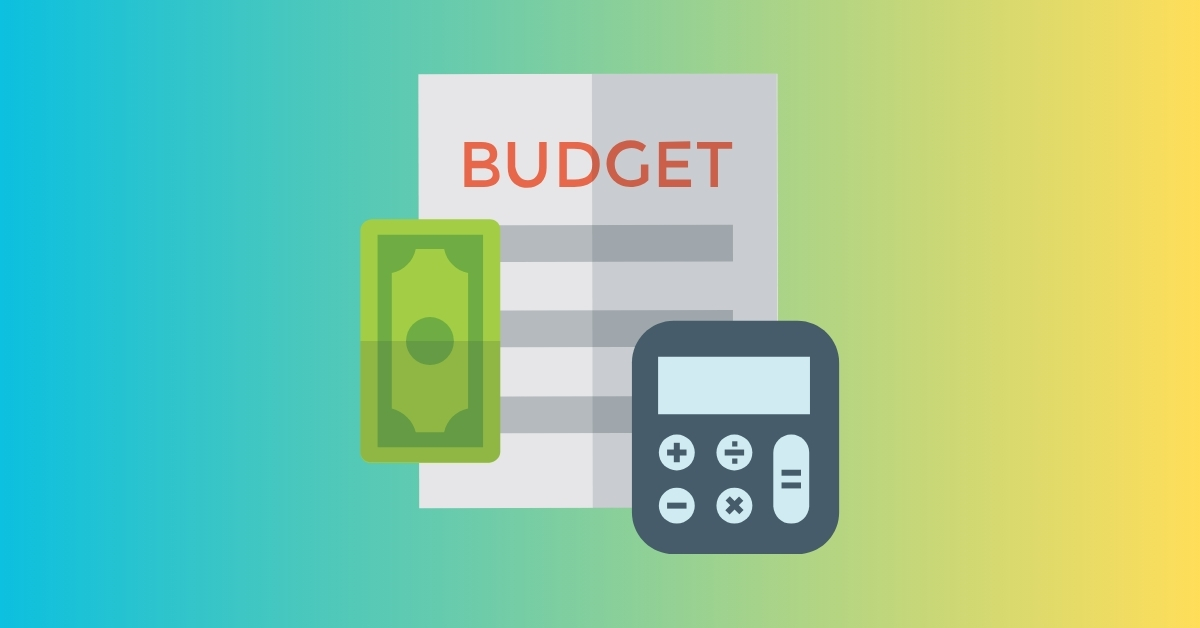Introduction
Economic uncertainty can create challenges for businesses, particularly when it comes to managing cash flow. Whether it’s due to inflation, market fluctuations, or unforeseen global events, these periods can place significant strain on a company’s financial stability. However, with careful planning and proactive strategies, businesses can navigate economic uncertainty and ensure they maintain a healthy cash flow. Here’s how to effectively manage cash flow during times of financial instability.
1. Review and Adjust Your Budget
Start by reviewing your existing budget to identify areas where you can cut costs or reallocate resources. In uncertain times, it’s crucial to be flexible with your spending. Look for non-essential expenses that can be reduced or eliminated temporarily. If you have any fixed costs, such as rent or subscriptions, try negotiating with vendors or service providers for better terms or deferred payments. Adjusting your budget ensures that you prioritize essential expenditures and preserve cash for more critical needs.
2. Improve Your Accounts Receivable Process
Slow-paying customers can significantly impact cash flow. Streamlining your accounts receivable process is essential during economic uncertainty. Implement clear payment terms, send regular reminders, and follow up with clients promptly when payments are overdue. Offering incentives for early payments, such as discounts, can encourage customers to pay sooner. Consider utilizing digital invoicing and payment systems to expedite the payment process and enhance cash flow.
3. Build a Cash Reserve
A cash reserve is an essential safety net during uncertain times. Aim to set aside a portion of your profits during more stable periods to create a financial cushion. This cash reserve can help cover unexpected expenses, payroll, or supplier payments when cash flow is tight. While building a cash reserve takes time, even small contributions can provide a buffer that helps weather economic storms.
4. Negotiate Payment Terms with Suppliers
In challenging economic conditions, it may be difficult to meet payment obligations to suppliers. Consider negotiating extended payment terms with your suppliers, such as requesting longer payment deadlines or a more flexible payment schedule. This can help you manage cash flow by giving you more time to pay without straining your finances.
5. Monitor Cash Flow Regularly
Regularly monitoring your cash flow is essential for maintaining control over your financial situation. Use cash flow forecasting tools to predict future income and expenses, allowing you to plan. By keeping a close eye on cash flow trends, you can make informed decisions, address potential issues before they escalate, and avoid cash shortages.
Conclusion
Managing cash flow during economic uncertainty requires a proactive approach and strong financial discipline. By adjusting your budget, improving accounts receivable processes, building a cash reserve, negotiating with suppliers, and regularly monitoring cash flow, you can protect your business from financial strain. Planning and being adaptable will help your business not only survive but also thrive during uncertain times.
#CashFlowManagement #BusinessFinance #EconomicUncertainty #FinancialPlanning #SmallBusiness #CashFlow #Budgeting #AccountsReceivable #BusinessStrategy #FinancialStability


